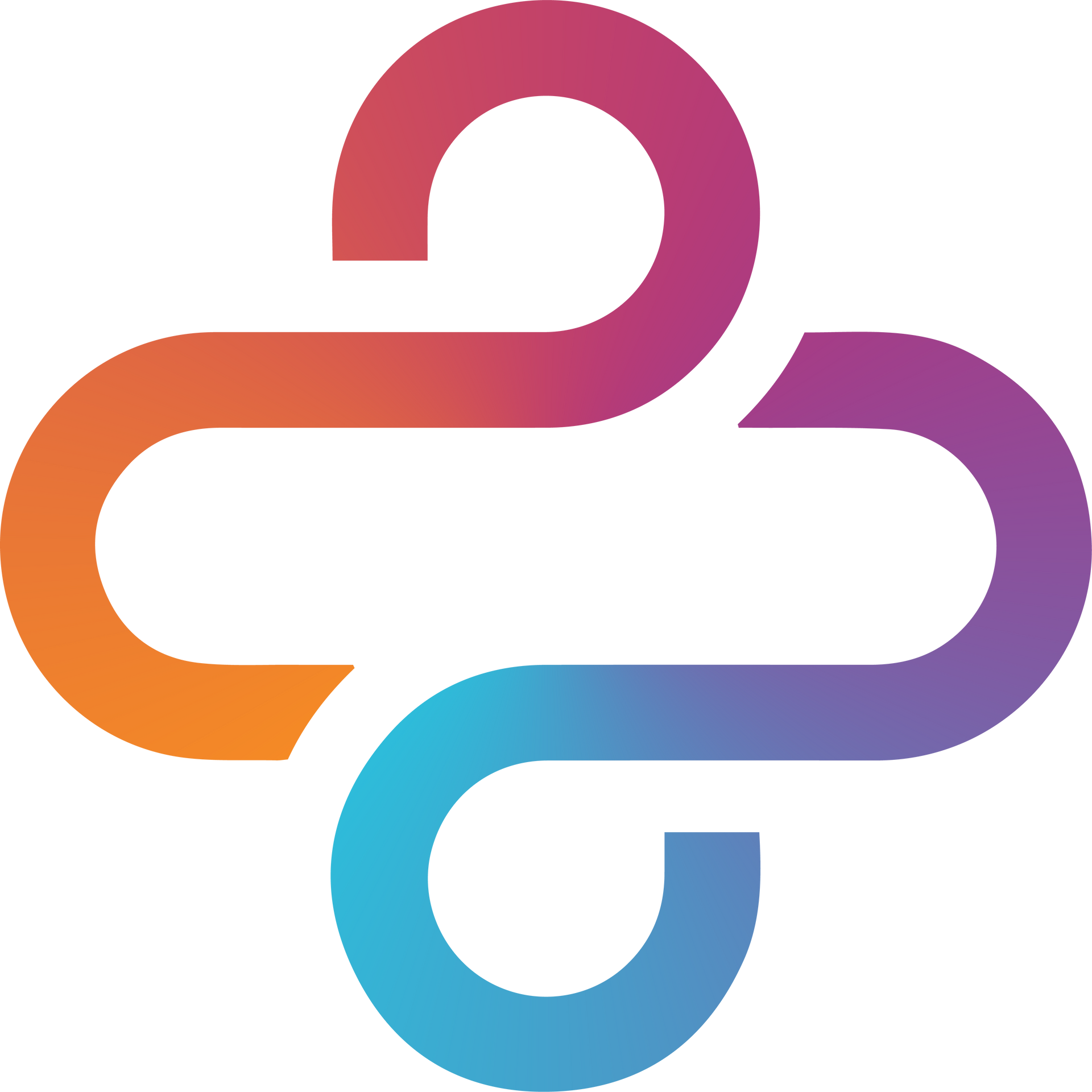Blog

In today's fast-paced healthcare industry, medical billing is one of the most important tasks that healthcare providers must handle. Medical billing is the process of submitting claims to insurance companies or government agencies to receive payment for services rendered. With the increasing complexity of the billing process, healthcare providers are looking for ways to automate medical billing to streamline the process and reduce errors.

Engage and captivate potential patients with informative and interactive online events that showcase your expertise and services. Say goodbye to traditional marketing methods and hello to a new wave of patient outreach. With webinars, you have the opportunity to establish trust and authority, and ultimately, attract a steady stream of new patients to your practice. Medical practices are always on the lookout for new patients, and in today's digital age, one of the best ways to attract them is through online pre-recorded webinars.

In today's fast-paced healthcare industry, there is a growing need to automate routine tasks and processes to save time, reduce errors, increase efficiency and ultimately serve more patients. Robotic Process Automation (RPA) is a powerful technology that can help automate a range of tasks in the healthcare industry. Here are five things that can be automated in the healthcare industry with RPA: 1. Onboarding, Scheduling, and Profile Creation RPA can automate the onboarding process for new patients, providers, and employees. This includes tasks such as data entry, identity verification, scheduling, and profile creation. RPA can pull data from multiple sources, verify information, and create profiles automatically, freeing up staff time and reducing errors. 2. Claims Processing RPA can automate the claims processing workflow, from claim submission to payment. RPA can process claims quickly and accurately, reducing the need for manual intervention and speeding up the reimbursement process for healthcare providers. This can result in improved patient satisfaction and cash flow for healthcare organizations. 3. FTP/SFTP/FTPS RPA can automate file transfers between systems using File Transfer Protocol (FTP), Secure File Transfer Protocol (SFTP), or FTPS. This includes transferring data between electronic health record (EHR) systems, billing systems, and other healthcare applications. RPA can monitor for new files, transfer data, and verify that the transfer was successful, all without human intervention. 4. Compliance Monitoring RPA can automate the monitoring of compliance with regulatory requirements such as HIPAA and GDPR. RPA can monitor for policy violations, audit logs, and access controls, and alert staff if any violations are detected. This can help healthcare organizations avoid costly fines and penalties, as well as protect patient data and privacy. 5. Dynamic Provisioning RPA can automate the provisioning of resources such as accounts, licenses, and access to healthcare applications. This includes creating and managing user accounts, assigning roles and permissions, and revoking access when needed. RPA can also update multiple systems automatically when changes are made, ensuring consistency and accuracy. RPA can help healthcare organizations automate routine tasks, reduce errors, and increase efficiency. By automating onboarding, scheduling, and profile creation, claims processing, FTP/SFTP/FTPS, compliance monitoring, and dynamic provisioning, healthcare organizations can grow their bottom line, improve patient care, reduce costs and increase staff productivity. The use of RPA in healthcare is a trend that is expected to continue growing, as healthcare organizations look for ways to leverage technology to improve their operations.

